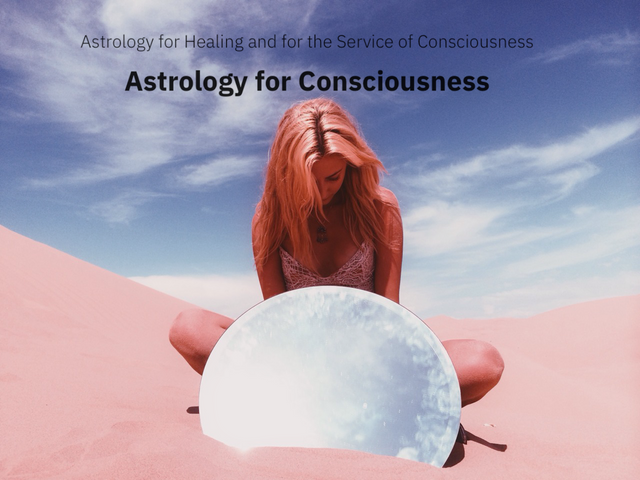THE ELEMENTS IN ASTROLOGY - Fire, Earth, Air and Water Part 1/5

Part 1 of 5 about 'The Elements in Astrology' next post will be about The Fire Element.
Many cultures throughout the world include the Elements in their philosophical, religious, or mythological traditions. We have references to the Elements in Tibetan temples, philosophy and Ayurvedic medicine, acupuncture, Chinese philosophy, ancient Greek philosophy, Renaissance theory of the four "Humors" and human temperaments, Zen Buddhist tradition and Sumerian cosmogony, for example. In all of them, the Elements are considered not as abstract symbols or concepts, but as the fundamental energies of the Cosmos: the vital forces that make up all creation. Each Element represents a basic type of energy and consciousness operating in each of us. And because all life is a manifestation of the Elements, we can make them correspond to various aspects of reality. They correspond, for example, to the basic needs of any advanced organism: food (earth), air, water and heat (fire). In Ancient Greece, the Elements corresponded naturally to the faculties of Man: physical (earth), intellectual (air), aesthetic or emotional (water) and moral or spiritual (fire).

THE ELEMENTS IN ASTROLOGY - Fire, Earth, Air, and Water
We all incorporate the 4 elements in some way into our lives. We are standing on the Earth. The information around us appeals to our intellect, sound, and verb, evoking the element of Ar. Our actions are governed by the domain of Fire, with its will, initiative, and action, while the emotions triggered by our experiences invoke the element Water. The Human Being experiences all the elements from his conception: when immersed in the amniotic fluid (water), in the formation of the material body (earth), when the key of the heartbeat (fire) is activated and asserting his lungs with the first oxygen inaction and sound emission (air).
In another analogy, when you kiss someone, there is also a certain chemistry involved. The physical contact of the lips (earth), the emotion that runs through the body (water), the thoughts that cross your mind (air) as well as desire, initiative, passion, and attraction (fire). Alchemists and astrologers have always striven to achieve the balance of the four elements in order to transmute the imperfect, the normal, and mundane situations.
Most substances or physical interactions are mixtures of multiple elements that interact dynamically with each other. Let's look at wood burning, for example. It can contain fire (visible through the burning process), air (when it consumes the oxygen that feeds the flame and when we hear the hissing of its burning), water (which will be removed in the process for the wood to turn into coal) and earth gray left behind when the wood is burned in full). Fire and Water are the purest elements. The fire is lighter and rises since the natural tendency of water is to descend.
"Astrology represents the summation of all the psychological knowledge of antiquity." C. G. Jung


THE ELEMENTAL SQUARE
Since the elements are defined by two qualities of a total of four, they form the so-called Elemental Square. Elements that share one of their qualities are considered adjacent to each other, while those that are diagonal to each other in the square are considered opposites.
Opposite qualities, hot and cold, moist and dry, try to move one to the other, but can not do so directly. The Rotation of the Elements begins with the process of adaptation (Water), continues with the expansion (Ar), then the production (Fire) and finally the retraction (Earth). Alchemists used this model to change matter from one element to another. Elementary water cannot be converted to fire without first passing through the air.
This concept is reflected in many places in nature: the seasons of spring (adaptation), summer (expansion), autumn (production) and winter (retraction), in human lifetimes (childhood, youth, maturity and old age) and in the journey of plants (seed, sap, tree, rotten bark).

THE CONTRIBUTION OF THE 4 ELEMENTS IN ASTROLOGY
We can divide the four elements into two parts: Feminine - Yin (water and earth) and Masculine - Yang (fire and air). It is a mirror of the two greatest human archetypes, the feminine (tenderness, introspection, fertility, and practicality) and masculine (activity, expansion, energy, and communication).
This division tells us that in order to achieve balance and create a life near perfection, we must honor, balance and improve all our inherent characteristics respecting the concept of the 4 elements.
 https://astrousness.wordpress.com
https://astrousness.wordpress.com